Making Every Tree a Statement of Strength, Health, and Natural Beauty
Trees are not just a part of the environment; they are living symbols of resilience, vitality, and natural elegance. By nurturing trees properly, each one can become a powerful statement of strength, health, and beauty that enhances the spaces around us and uplifts our spirits.
The Strength of Trees: Nature’s Pillars
Trees embody strength in ways that inspire us. Their sturdy trunks, deep roots, and expansive canopies represent resilience and endurance. By caring for them, we help them thrive as robust, enduring pillars of the natural world.
- Strong Roots, Stronger Life: Healthy roots anchor trees firmly, allowing them to withstand storms and environmental challenges. Regular soil care and proper watering contribute to deep, resilient root systems.
- Structural Integrity: Pruning and maintenance encourage strong branches and prevent weak growth, making trees more resilient over time.
- Endurance Through Seasons: Proper care ensures that trees remain vibrant and strong through seasonal changes, a living testament to their durability and persistence.
Promoting Health: Vitality at Every Stage
A tree’s health reflects its environment and care, serving as a symbol of vitality and life. Healthy trees purify the air, support wildlife, and create a peaceful ambiance, making them central to a thriving ecosystem. Achieve beautiful, well-maintained trees effortlessly with the expert services provided by https://treesurgeonoldham.uk.
- Nutrient-Rich Soil: Enriching soil with natural compost and nutrients ensures trees absorb what they need for steady growth.
- Consistent Care: Regular watering, mulching, and monitoring for pests or disease support longevity and robustness.
- Natural Resilience: Healthy trees are better equipped to resist diseases and environmental stresses, maintaining their vibrancy year-round.
Enhancing Natural Beauty: Aesthetic Appeal Everywhere
Beyond their strength and health, trees contribute immeasurably to beauty. Their lush foliage, striking forms, and seasonal transformations turn landscapes into living works of art.
- Lush Foliage: Well-maintained trees display vibrant leaves and blossoms, creating a visual feast that enhances any surroundings.
- Harmonious Shapes: Thoughtful pruning preserves graceful forms and natural symmetry, making each tree a centerpiece of elegance.
- Seasonal Wonders: From budding spring leaves to golden autumn hues, trees offer dynamic, ever-changing displays of natural beauty.
Trees as Statements of Inspiration
Every tree, when nurtured with care, becomes a symbol of what nature can achieve: strength, vitality, and aesthetic perfection. By investing in their growth and well-being, we make a conscious choice to celebrate life and sustainability.
- Symbolic Significance: A flourishing tree inspires strength, patience, and resilience in those who witness it.
- Connection to Nature: Trees foster a sense of calm, joy, and grounding, reminding us of the importance of environmental stewardship.
- Everlasting Impact: With proper care, a tree can thrive for generations, leaving a lasting impression of health and beauty.
In conclusion, making every tree a statement of strength, health, and natural beauty is more than gardening it is an act of celebration, responsibility, and artistry. Each tree nurtured to its fullest potential enriches our environment, elevates our spirits, and stands as a living testament to the power of nature. Through thoughtful care, we ensure that every tree becomes a magnificent symbol of life’s resilience and splendor.
Read More Making Every Tree a Statement of Strength, Health, and Natural Beauty





